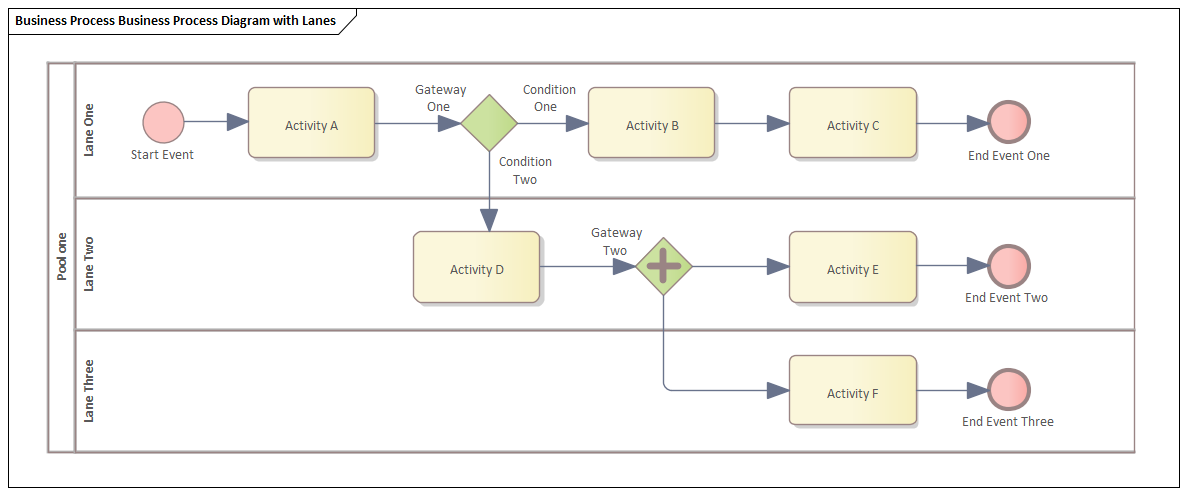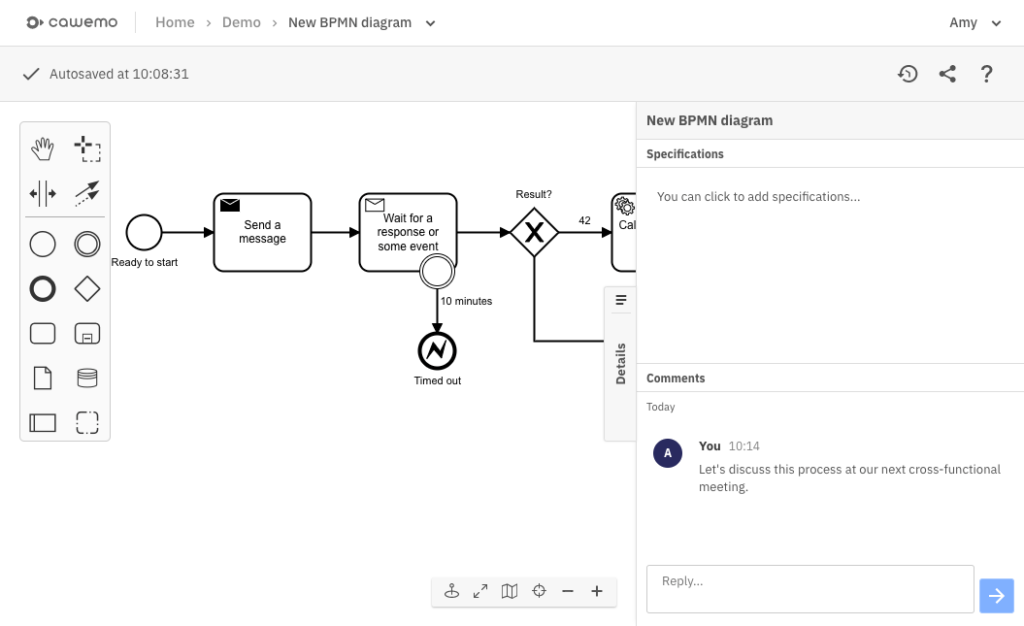
- #Business process modeling tools comparison software
- #Business process modeling tools comparison download
#Business process modeling tools comparison software
In the 1990s and early 2000s, software programmers established a data model for the whole database before beginning to code. Data Models are created throughout the project’s design and analysis phase to verify that the application’s requirements are met. The purpose is to show the many types of data that are needed and stored in the system, as well as the links between them, how the data can be categorized and arranged, and its formats and features. The data models are constructed to store the information in a database. It’s utilized to look into the data requirements for various business activities. The practice of examining data objects and their relationships with other objects is known as Data Modeling. Introduction to Data Modeling Image Source Critical Factors to Consider while Selecting the Data Modeling Tools.Understanding the Need for Data Modeling Tools.At the end of this article, you will unravel the popular Data Modeling Tools available in the market. In addition, you will learn some of the critical factors to keep in mind while selecting the right Data Modeling Tool for your use case.

You will also understand the significant data models used in Data Modeling. You will understand the need for Data Modeling Tools and explore their key benefits. This article provides a holistic view of Data Modeling and Data Modeling Tools. Data Modeling Tools allow you to show how Data Structures that support business operations will be constructed, how data will be arranged, and what links we want to make between them. This is when Data Modeling comes into the picture. Dealing with a huge number of data aspects might be quite challenging. You can use Data Modeling Tools to construct new databases or to create an overall IT strategy for your company.ĭata might be regarded to be an ace card for firms in the technology era. Best of all, the models you create in EA can then be used to drive the requirements, use cases, analysis and design phases of new software development projects, all with complete traceability back to your original BPM.įor further information, see the Sparx Systems tutorial on Business Modeling with EA and the UML Profile for Business Process Modeling.Data Modeling is a subject you may already be familiar with if your company interacts with Big Data in any way. Also, they serve the important function of situating new and existing software systems within the business context.Įnterprise Architect is ideally suited to capturing and documenting your business process models. Enterprise Architect can help you identify and document processes within a business, and identify which business processes can be managed more effectively. It is an important tool in understanding the activities a business undertakes, and the kind of information it needs to successfully engage in those activities.

The key difference between system modeling in UML and Business Process Modeling is that the emphasis on how the work is done within an organization, rather than what work is done. This profile is used to define a set of stereotypes for working with Business Activities, Processes, Objects and Information flows.īPM differs from software system modeling in a number of important ways.


#Business process modeling tools comparison download
Sparx Systems has available for download a detailed UML Profile for Business Process Modeling based on the extensions defined by Hans-Erik Eriksson and Magnus Penker in their book, "Business Modeling with UML". More detailed BPM models can easily be built using UML Profiles. UML provides activity, state, object and class diagrams to capture important business processes and artifacts. BPM often involves using a notation such as UML to capture graphical representations of the major processes, flows and stores. This allows business processes to be expressed in a standard graphical notation.īusiness Process Modeling is the discipline of defining and outlining business practices, processes, information flows, data stores and systems. The BPMN Add-in for Enterprise Architect provides a full-featured implementation of the Business Process Modeling Notation (BPMN). MDG Technology brings BPMN support to Enterprise Architect


 0 kommentar(er)
0 kommentar(er)
